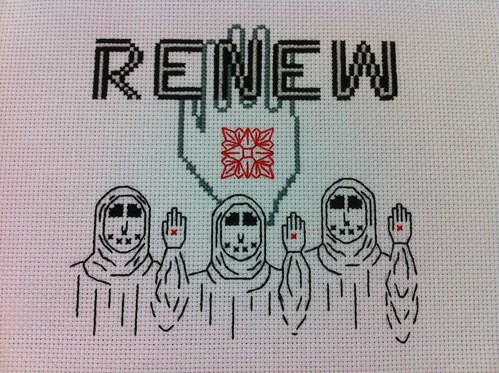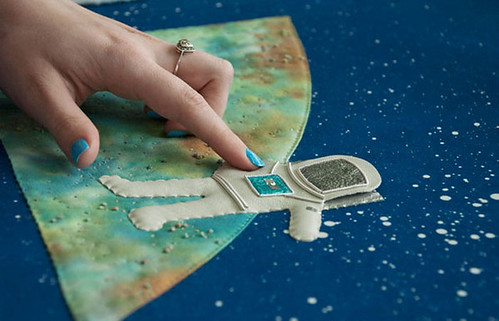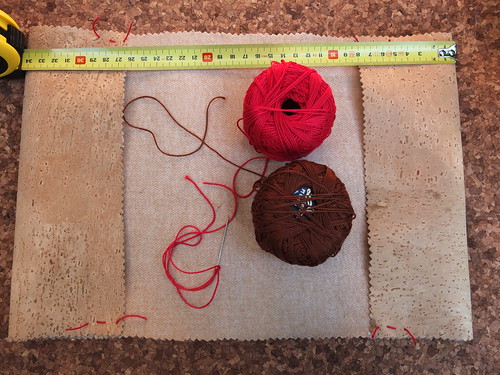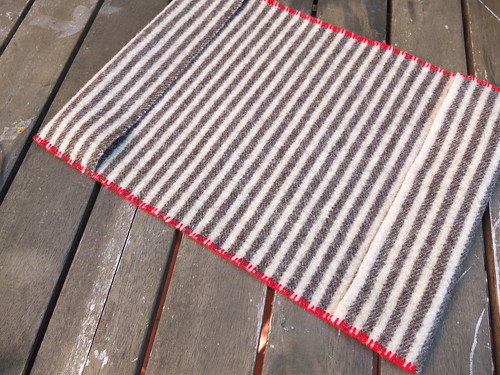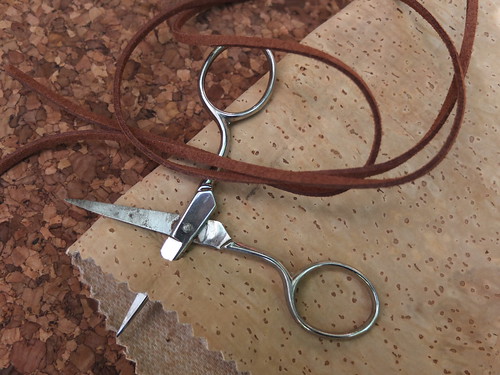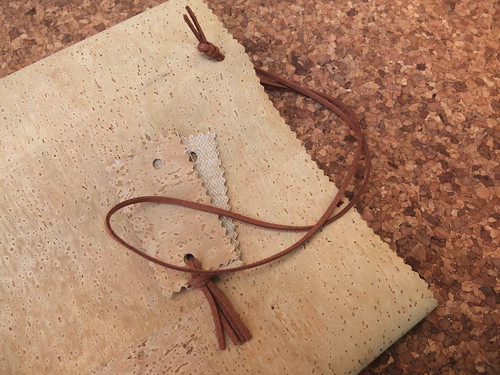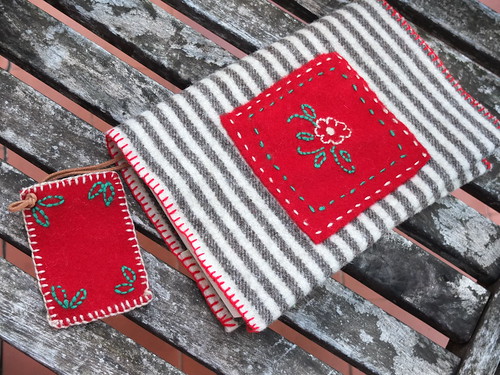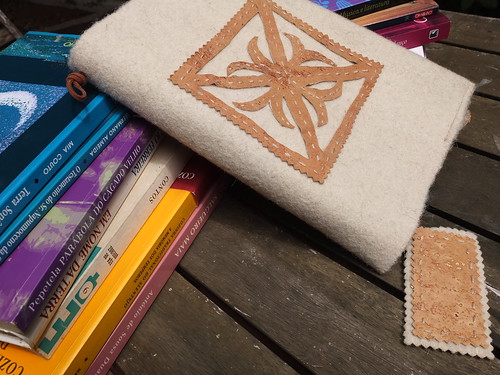Hi, everyone, hope everyone is enjoying the new interview format for my monthly round-up post for the
New Embroidery with Vintage Patterns (NEwVP) stitch-alongs (SALs). I think it is really fun and interesting to get to know some of the people behind the stitches! (If there are questions you wish I was asking, please let me know in the comments!) The theme for the September SAL was simply to pick any vintage embroidery pattern of your choice but to learn and use new, fancy embroidery stitches -- which is such a good idea because it helps us break out of our stitchy routine of using the same ol' stitches!
As always, I invite all of you to join our
New Embroidery with Vintage Patterns group or at least stop by and take a peek. There are lots of new embroideries with vintage patterns being added on a regular basis that are totally unrelated to any monthly SAL. Plus, since I'm doing an interview format now, I'm not able to show-off all the beautiful SAL stitcheries in our photo pool!
Mom Walds Place & I are are also on working on making the "discussion" part of our group more chatty so keep your eyes out for new discussion posts by various NEwVP members. Since last month,
sugarglider500 has added two new discussion posts to our group:
the joy of gloriana silk floss and
sulky blendables thread for embroidery.
Meet Flickr peep,
Mom Walds Place, the founder of the NEwVP Flickr group!
1. Please tell us why you created the NEwVP group on Flickr.
I love vintage items and vintage patterns. People were making beautiful vintage inspired embroideries, and sharing them on Flickr. It occured to me that it would be wonderful to see them all together in one group.
Meeting some of these fabulous stitchers sounded like fun too. Wow, was I right!
2. Please tell us about your vintage embroidery pattern stash.
My personal stash of vintage patterns has been growing by bits and bits. I sell complete patterns in my shop, so my collection is made up of orphans. I'll confess, that if I love a pattern that I am selling, I scan it first.
With so many wonderful folks sharing public domain vintage embroideries in the Flickr Hoop Love Group my collection is big enough now, that I can find a pattern to suit any project.
For quite a while I was collecting vintage embroidery patterns of flower baskets. I finally have a project for them,
the Quilty Stitch Along the NewVP Group is doing.
(And here are just a few of the lovelies Moms Walds Place has stitched up!)
3. Please tell us a bit about yourself.
Myself? We have been homeschooling our three kiddos for fifteen years now, so that is where most of my time and efforts are spent. When Hubby suggested I could go back to school for art, since the kids are older students now, I told him what I really wanted to do was have my own antiques and vintage shop. It has been a dream of mine ever since I was younger, and spent rambling Saturdays with my mom and sister on road trips to find treasures. All of these adventures and challenges have been in southern Wisconsin where the leaves are starting to turn a bit early this year.
I find myself encouraging others to live simply but beautifully. If you need to purchase some glasses for your home, they should be ones that make you smile. You can use a vintage pitcher that reminds you of grandma for flowers instead of a generic vase. When zoning out in front of the television after a long day, stitch some napkins up while you watch, and have something useful and pretty when when you are done. It has been fun teaching folks to embroider a fun bag to use instead of a generic store one. Life is short, even the little things should be worth it.
4. Tell us a bit about the embroidery (specifically your September SAL piece) you made.
The members of the New Embroidery with Vintage Patterns Group have been very encouraging and helpful with trying new things with embroidery. Their enthusiasm inspired the September Stitch Along Theme of an embroidery sampler using a vintage pattern. The idea of a sampler made me think of cookies, and the pattern I chose immediately came to mind. It is a good example of using colors and themes we are comfortable with, while reaching out and experimenting with some new techniques. The blue of the china is like my favorite vintage blue and white kitchen pieces, and the cookies are a delightful way to try new "flavors" of stitches. Hmm, maybe I should try some new cookie recipes too.
 |
| Fancy new stitches! Fly stitch with lazy daisies! |
 |
| This vintage plate was the inspiration! |
 |
| Mmmm.... stitchy cookies...... |
5. How long have you been stitching? What or who got you started?
I grew up with crafty women, and was allowed to pick out embroidery kits when I was a kid. It was a smart way for them to keep me busy. Although I had not done any for years, it was natural for me to choose embroidery to do while my mind was teaching the little ones. Now that they are bigger I still spend lots of time waiting and stitching.
6. Why do you like vintage embroidery patterns? Do you have a favorite one or a favorite theme?
Vintage and antique items are my favorite types of things. It's their history that intrigues me. The stories they could tell. Especially items that were primarily a woman's domain. Actual embroidered pieces speak to my heart. The variety of patterns that were available became astounding through the years. What made stitcher choose one over another? How styles and types of patterns changed in accordance with fashion and culture is fascinating.
Dishes are my favorite themes. So much so in fact, that I have started designing some of my own. Flowers are another favorite. Recently I took some photos of roses that are just like the ones I stitched on my August SAL Teapot. Fruits and veggies are always fun too. Stitching up a set of nine towels featuring fruits and veggies for a friend was great fun, as were blocks for a Veggie Market Embroidered Quilt.
7. Do you have a favorite embroidery stitch? If so, why?
The stem stitch is my all time favorite embroidery stitch. As an artist, I have always had a fascination with lines, and the stem stitch bends and swirls along so wonderfully. It is also easy to do one handed while the other holds the hoop making it nice to do while I pay attention to something or someone else.
8. Anything else you would like to share?
When I meet people who ask, usually while I am doing handwork in public, why I would take the time for something so tedious, I am thrilled for the chance to explain. I share with them how repetitive handwork can be soothing, a background for thinking things through. How intricate patterns can prevent me from worrying. It gives me a chance to share about my love for creativity, and beauty even in little things. If we have enough time, we can even start discussing how history and learning enrich life.
It all starts with a simple thread.
How to find Mom Walds Place online...
Blog Etsy Flickr
Thanks for taking the time to read my post and meet just one of the many terrifically talented stitchers in our
NEwVP group! Please do stop by to visit!
The details for our October SAL have already been posted!










